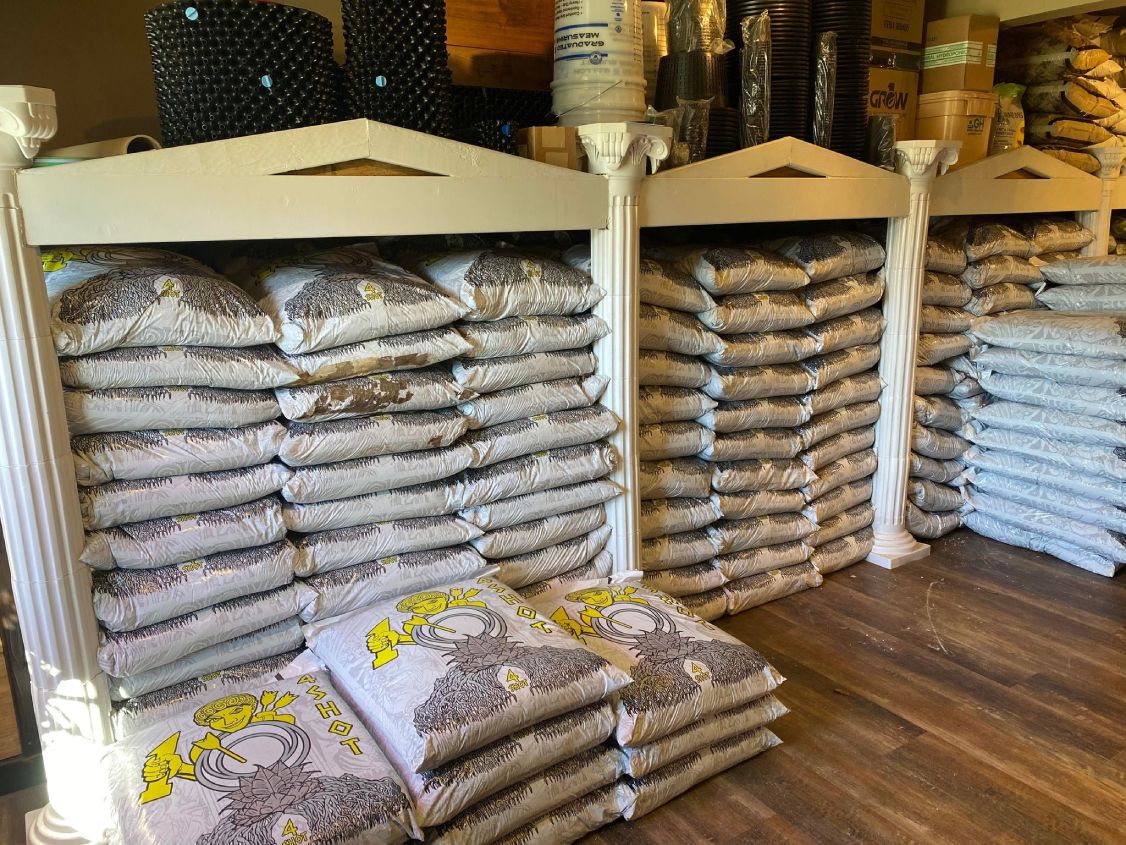Master the Art of Growing with The Indoor Earthworm's Experience
Wiki Article
Dive Into the Globe of Hydroponics: Checking Out Different Types
Within the realm of hydroponics lies a diverse range of growing approaches that provide one-of-a-kind benefits for growing plants without soil. As we start this expedition of different hydroponic systems, we will reveal the ins and outs of methods like the Nutrient Film Method (NFT), Deep Water Culture (DWC), Wick System, Ups And Downs (Flood and Drainpipe), and Aeroponics. Each technique presents a distinctive method to supporting plants in a soil-less atmosphere, encouraging advancement and efficiency in the world of modern-day agriculture.
The Nutrient Movie Strategy (NFT)
The Nutrient Movie Method (NFT) is a hydroponic system that includes a constant flow of nutrient solution over plant origins in a slim movie to promote efficient nutrient uptake. This approach makes use of a shallow stream of water that has liquified nutrients, enabling the plant roots to have constant accessibility to the needed aspects for growth - The Indoor Earthworm. The nutrient remedy flows along all-time low of the network, speaking to the roots and after that draining pipes away, supplying an extremely oxygenated environment essential for root healthGiven that the nutrient service is recirculated, it requires much less water contrasted to conventional soil-based gardening. Furthermore, the regulated environment of the NFT system reduces the danger of nutrient inequalities and illness, leading to much healthier plants.
Deep Water Society (DWC)
In a DWC system, plants are put in internet pots, permitting their origins to hang straight right into a nutrient remedy. The trick to success in DWC is maintaining the proper oxygen levels in the nutrient solution to prevent root rot and promote healthy plant growth.Furthermore, the direct accessibility to oxygen and nutrients enables plants to uptake what they require extra effectively, frequently resulting in faster development rates and higher yields contrasted to conventional soil farming techniques. Controlling water temperature level and avoiding algae development in the nutrient option are essential factors to consider when executing a DWC system.
Wick System
In hydroponic growing, the Wick System is a passive approach that allows plants to draw up nutrient solution via capillary activity. The capillary activity of the wick enables the nutrient service to relocate from the tank to the growing tray, ensuring a constant supply of nutrients to the plants' these details origins. It may not be appropriate for bigger plants or those with high nutrient demands, as the passive nature of the system can lead to unequal nutrition distribution.Ups And Downs (Flood and Drainpipe)
Discovering the Ups And Downs (Flooding and Drainpipe) system supplies understanding right into a vibrant hydroponic strategy that alternates between flooding and draining the plant roots with nutrient option. This system runs by periodically swamping the plant containers with a nutrient option from a tank and then allowing the excess service to drain pipes back. The procedure is normally controlled by a timer to make certain normal flooding cycles, giving the origins with oxygen as the solution recedes.Ebb and Circulation systems are functional and can fit different plant dimensions and types. The periodic flooding assists provide nutrients straight to the roots, improving nutrient uptake performance.
This method is preferred among hydroponic fanatics for its versatility, simplicity, and efficiency to various plant needs. With appropriate tracking and upkeep, the Ebb and Circulation system can support robust plant growth in a controlled hydroponic atmosphere.
Aeroponics
Making use of a high-pressure misting system, Aeroponics is a cutting-edge hydroponic approach that puts on hold plant origins in an oxygen-rich atmosphere to advertise optimal nutrient absorption and energetic growth. Unlike other hydroponic strategies, which submerge roots in water or a nutrient option, Aeroponics delivers nutrients directly to the roots via a fine mist. This mist is sprayed at routine intervals, making sure that the roots get a continuous supply of water, oxygen, and nutrients.
Among the key advantages of Aeroponics is its ability to optimize nutrient uptake while lessening water usage. By providing nutrients straight to the roots, plants can absorb them extra effectively, leading to faster growth rates and greater returns. Furthermore, the oxygen-rich atmosphere created by the misting system promotes root growth and helps avoid root illness.
Aeroponics is specifically appropriate for expanding leafy greens, natural herbs, and other plants that grow why not check here in aerated settings. The Indoor Earthworm. Its effective use sources and capability to promote quick development make it a popular choice for hydroponic fanatics looking to accomplish optimum outcomes
Conclusion
In conclusion, hydroponics supplies a series of ingenious strategies for growing plants without soil. From the nutrient film technique to deep water culture, each method has its very own benefits and challenges. By recognizing and using these different kinds of hydroponic systems, individuals can discover new opportunities for lasting agriculture and maximize plant growth in controlled environments.
Report this wiki page